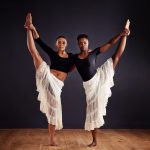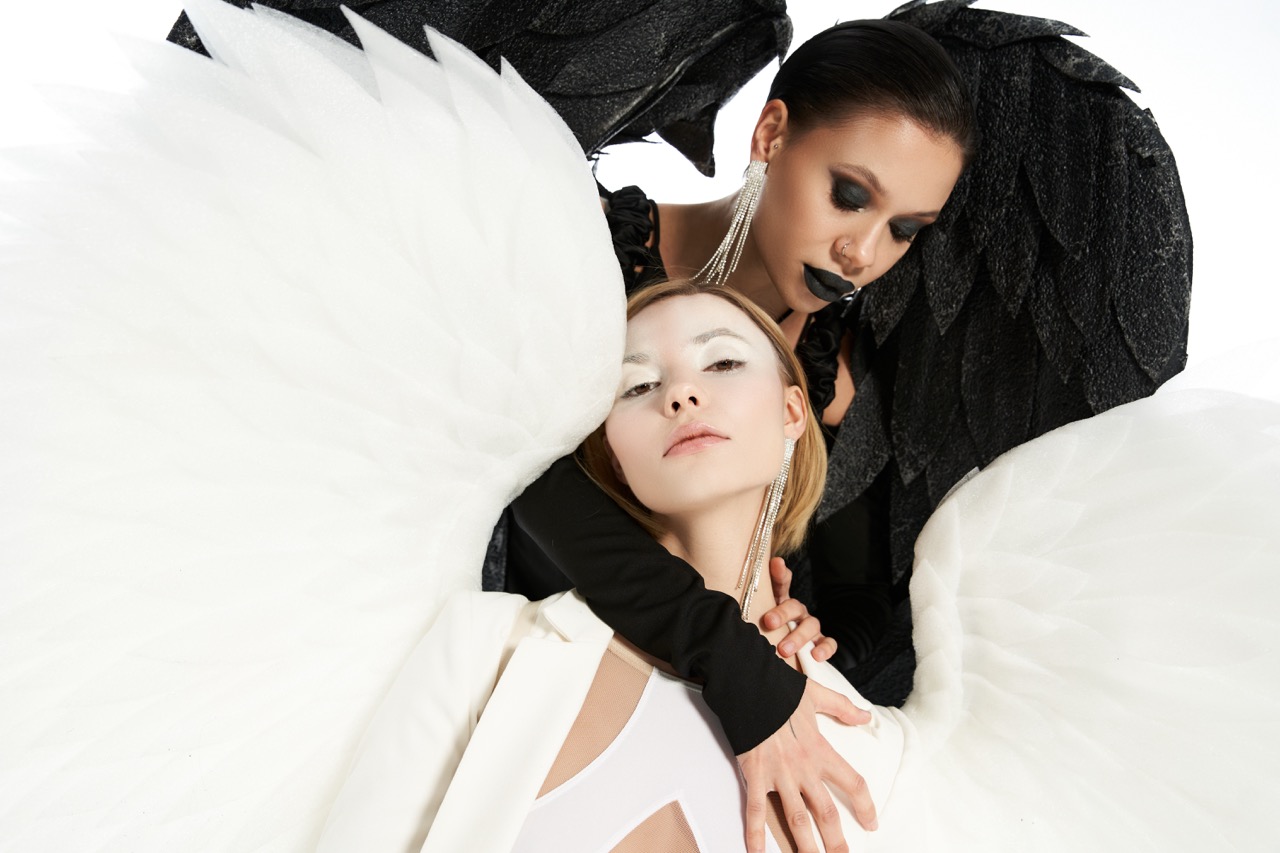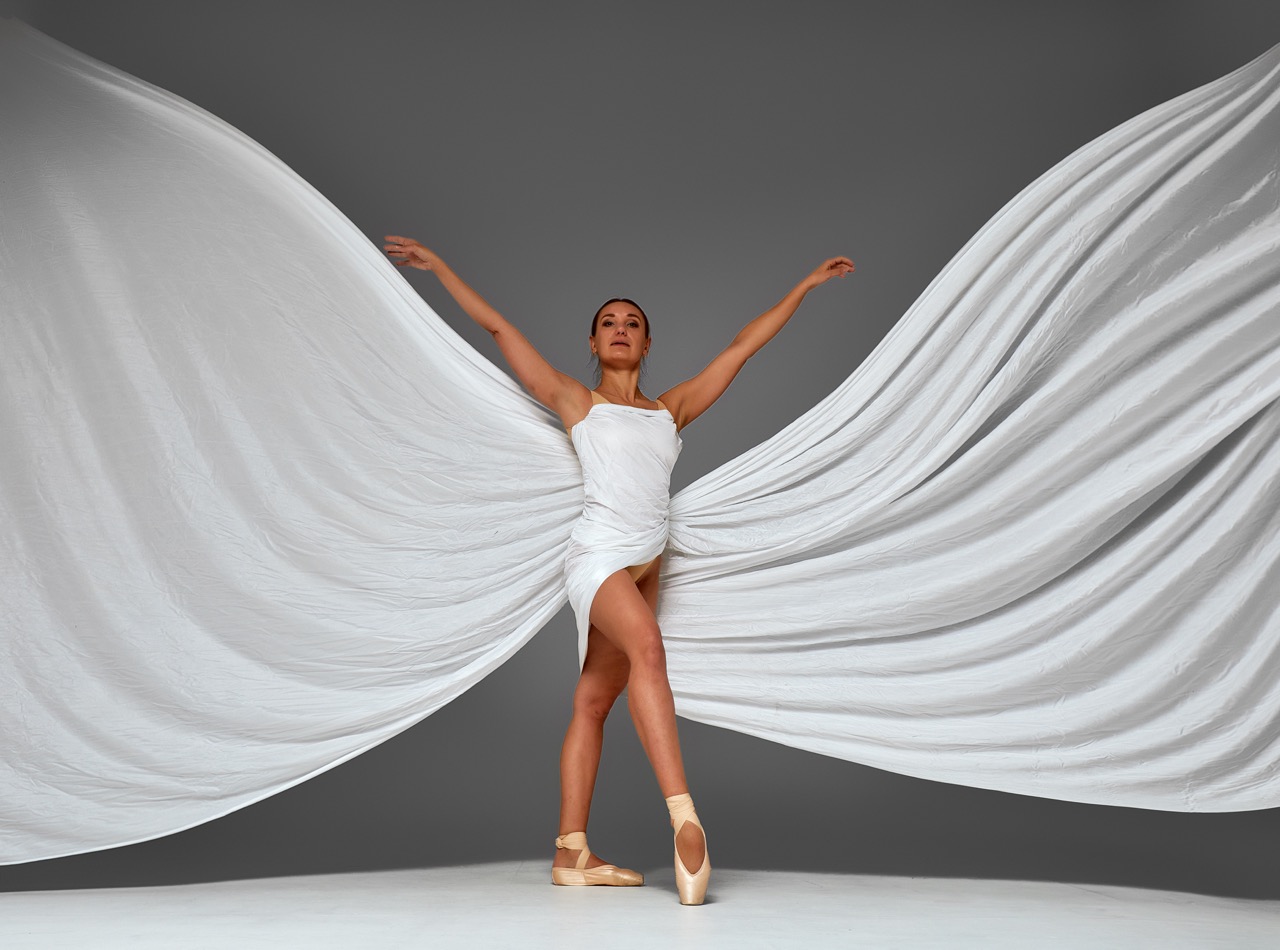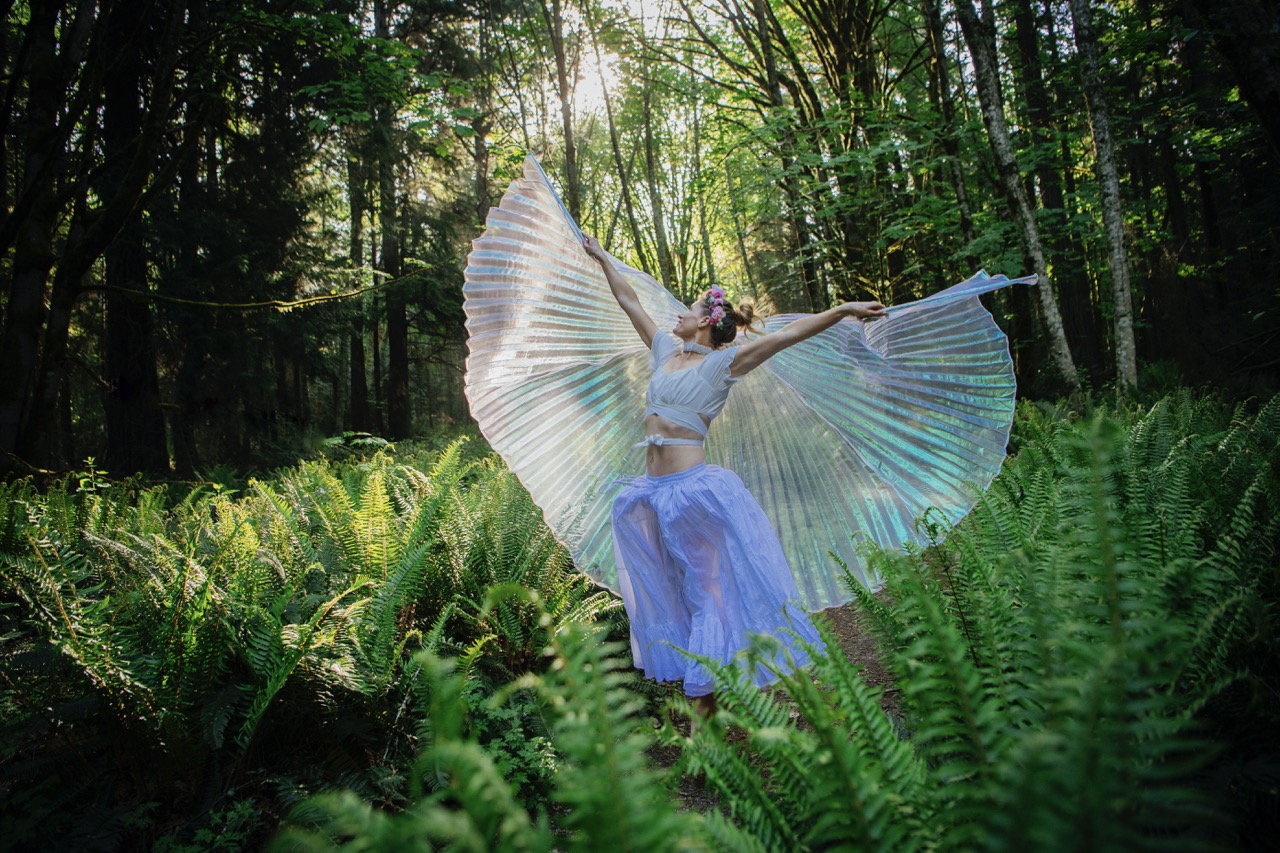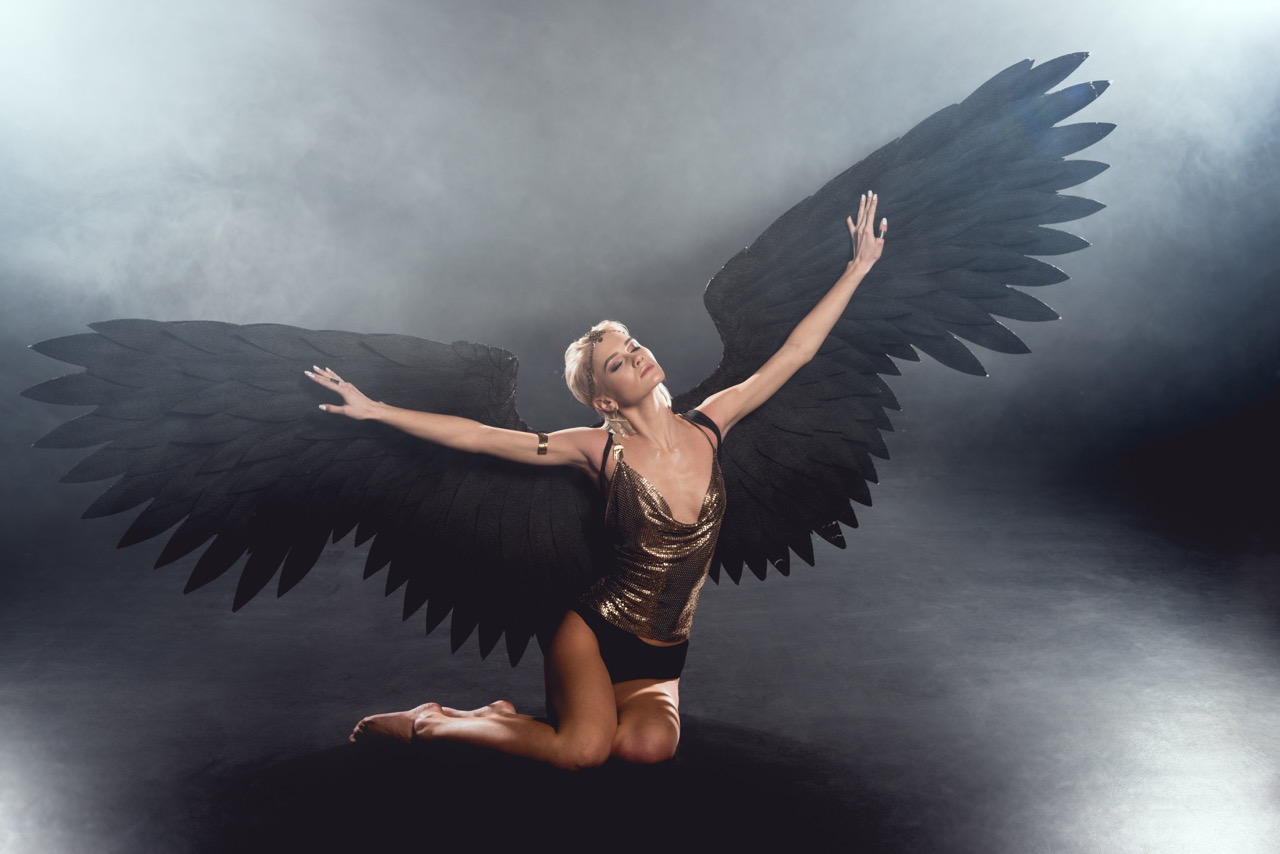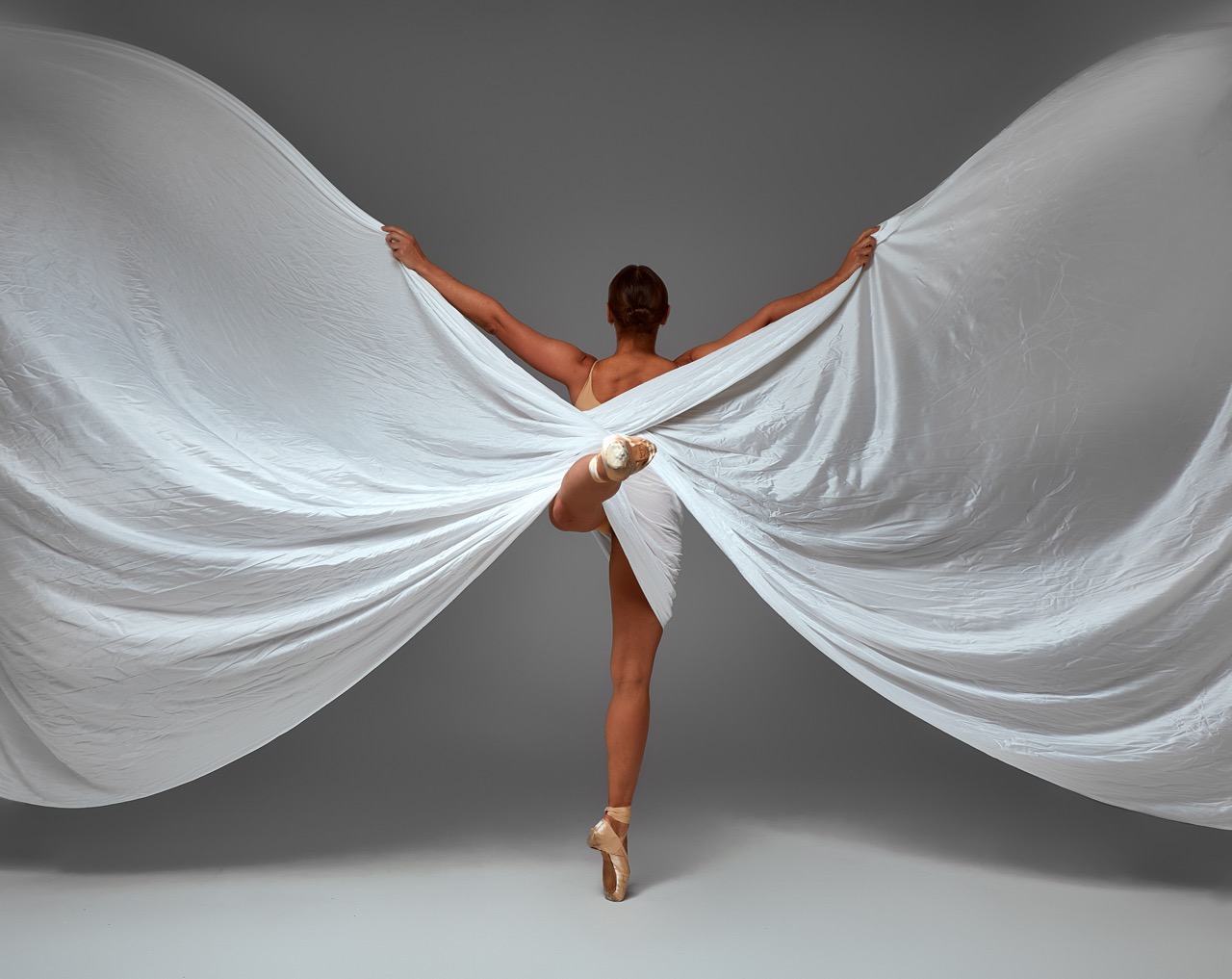In the vibrant interplay of art and technology, few realms are as evocative as dance. Among the myriad elements that enhance the visual spectacle of dance, dance wings stand out as a symbol of elegance and fluidity. These ornate extensions allow dancers to create stunning visual narratives, captivating audiences with their dynamic movements. With the advent of robotics, the functionality and artistry of dance wings have undergone a profound transformation. This article explores the evolution of dance wings, the enhancements brought about by robotics, their integration into dance, and what the future holds for this fascinating fusion.
The Evolution of Dance Wings: From Tradition to Robotics
Dance wings, traditionally made from fabric and lightweight materials, have a rich cultural history rooted in various dance forms around the world. Originating from ancient performances, these wings were not only a visual tool but also a means of storytelling, allowing dancers to express emotions and themes through their movements. The craftsmanship involved in creating these wings, often with intricate designs and vibrant colors, has made them a cherished aspect of dance performance across cultures.
As dance evolved, so too did the design and functionality of dance wings. In the late 20th century, the introduction of more durable materials and innovative designs facilitated greater movement and expression. Dancers began experimenting with different sizes and shapes, aiming to maximize the visual impact of their performances. This transition laid the groundwork for a new era in which technology would play a pivotal role, enhancing the very essence of dance wings beyond their traditional boundaries.
The integration of robotics into dance wings represents a revolutionary leap forward. Today, designers and choreographers are exploring the potential of robotics to create wings that respond to the dancer’s movements in real time. This evolution signifies not just a change in aesthetics, but a profound shift in how dance is conceptualized and experienced. As technology continues to advance, the possibilities for dance wings have become increasingly expansive, opening the door to a new frontier of artistic expression.
How Robotics Enhances Movement and Expression in Dance Wings
The infusion of robotics into dance wings has fundamentally changed the way dancers interact with this essential tool. Advanced robotics allows for wings that can expand and contract, flutter and sway, mimicking the natural movements of birds or other creatures. This technology offers dancers the ability to create intricate, choreographed movements that were previously unattainable with static wings. The result is a more fluid and expressive performance that captivates audiences on multiple sensory levels.
Moreover, robotics enhances the emotional depth of performances. By integrating sensors and motors, dance wings can react to the dancer’s movements, creating a symbiotic relationship between the performer and their wings. This interaction not only adds a new dimension to the choreography but also allows for spontaneous expressions that can evoke a range of emotions. The unpredictability of robotic movement introduces an element of surprise, further enriching the storytelling aspect of dance.
In addition to enhancing movement and expression, robotic dance wings also promote inclusivity. Dancers with physical limitations can benefit from the support of robotics, allowing for a broader range of performers to engage in this art form. By adapting the wings to meet individual needs, choreographers can craft unique performances that highlight the capabilities of diverse dancers. In this way, robotics is not merely a tool for enhancement, but a means of expanding the narrative possibilities of dance.
The Technological Symphony: Integrating Robotics in Dance
The integration of robotics into dance is akin to composing a symphony where technology and artistry come together to create a harmonious performance. Artists and technologists are collaborating to develop custom software and hardware that facilitate real-time control of dance wings, allowing for a seamlessly integrated experience. This blend of technology and artistry is pushing the boundaries of what is conceivable in dance, resulting in performances that captivate and inspire.
The process of integrating robotics into dance wings requires careful consideration of choreography and design. Choreographers must work hand-in-hand with engineers to ensure that the movements of the wings complement the dancer’s physicality. This collaborative effort results in intricate performances that are not only visually stunning but also deeply resonant. The dialogue between dancer and technology creates a unique performance dynamic where both elements enhance one another, resulting in a truly innovative art form.
Furthermore, the technological advancements in robotics have led to the development of smart dance wings that can analyze their environment and adjust their movements accordingly. Such capabilities allow for performances that interact with audience reactions, creating an immersive experience that blurs the line between performer and spectator. This responsive nature of robotic dance wings transforms the entire performance into a living, breathing entity, one that evolves with each presentation and reaction.
Future Trends: Robotics and the Next Generation of Dance Wings
Looking ahead, the future of robotics in dance wings holds incredible promise. As technology continues to advance, we can anticipate the emergence of even more sophisticated systems that will enhance the capabilities of dance wings. Innovations such as artificial intelligence and machine learning may enable dance wings to learn and adapt, refining their movements based on previous performances. This evolution could lead to fully autonomous wings that interact with dancers in entirely new ways, transforming the traditional role of the performer.
In addition to enhancing movement and fluidity, future dance wings may incorporate augmented reality (AR) elements, allowing dancers to create visual effects that interact with their surroundings. Imagine a performance where the wings not only move gracefully but also project vibrant visuals that complement the choreography. This cross-pollination of digital art and live performance will likely redefine audience engagement, creating immersive experiences that captivate and enthrall.
Finally, as robotics and artificial intelligence become more accessible, we may see an influx of diverse voices in the world of dance. Emerging artists from various backgrounds will have the tools and technology at their disposal to innovate and redefine dance wings, breaking down traditional barriers and fostering inclusivity. The fusion of robotics with dance will not only transform the art form but also empower the next generation of creators to explore and expand the possibilities of expression in ways we can only begin to imagine.
The evolution of dance wings through the lens of robotics is a testament to the boundless creativity that arises when art meets technology. From their historical roots to their futuristic potential, dance wings have transformed into dynamic tools of expression that elevate the art of dance to new heights. As the integration of robotics continues to evolve, both dancers and audiences alike will benefit from a richer, more inclusive experience that challenges our perceptions and ignites our imaginations. In this dance of innovation, the possibilities are limitless, promising a future where the beauty of movement and the precision of technology intertwine in a spectacular ballet of artistry.





